Seronegative Spondyloarthritis: Epidemiology, Pathogenesis, And Pathology
- Disease association with the IL23R gene and the key role of IL-23 in the activation and expansion of a distinct phenotype of T helper (Th) cell characterized by expression of IL-17, the Th17 cell, represents a major advance in our understanding of spondyloarthritis.
- Increasing evidence supports a role for innate lymphoid cells (ICLs) in the pathogenesis of spondyloarthritis, especially group 3 ILCs that produce IL‑17 and IL‑22.
- New genetic associations have been described with three new aminopeptidases (ERAP2, LNPEPP, and NPEPPS), protective variants having reduced rates of peptide cleavage, thereby changing both the length and amino acid composition of peptides available for binding to B27.
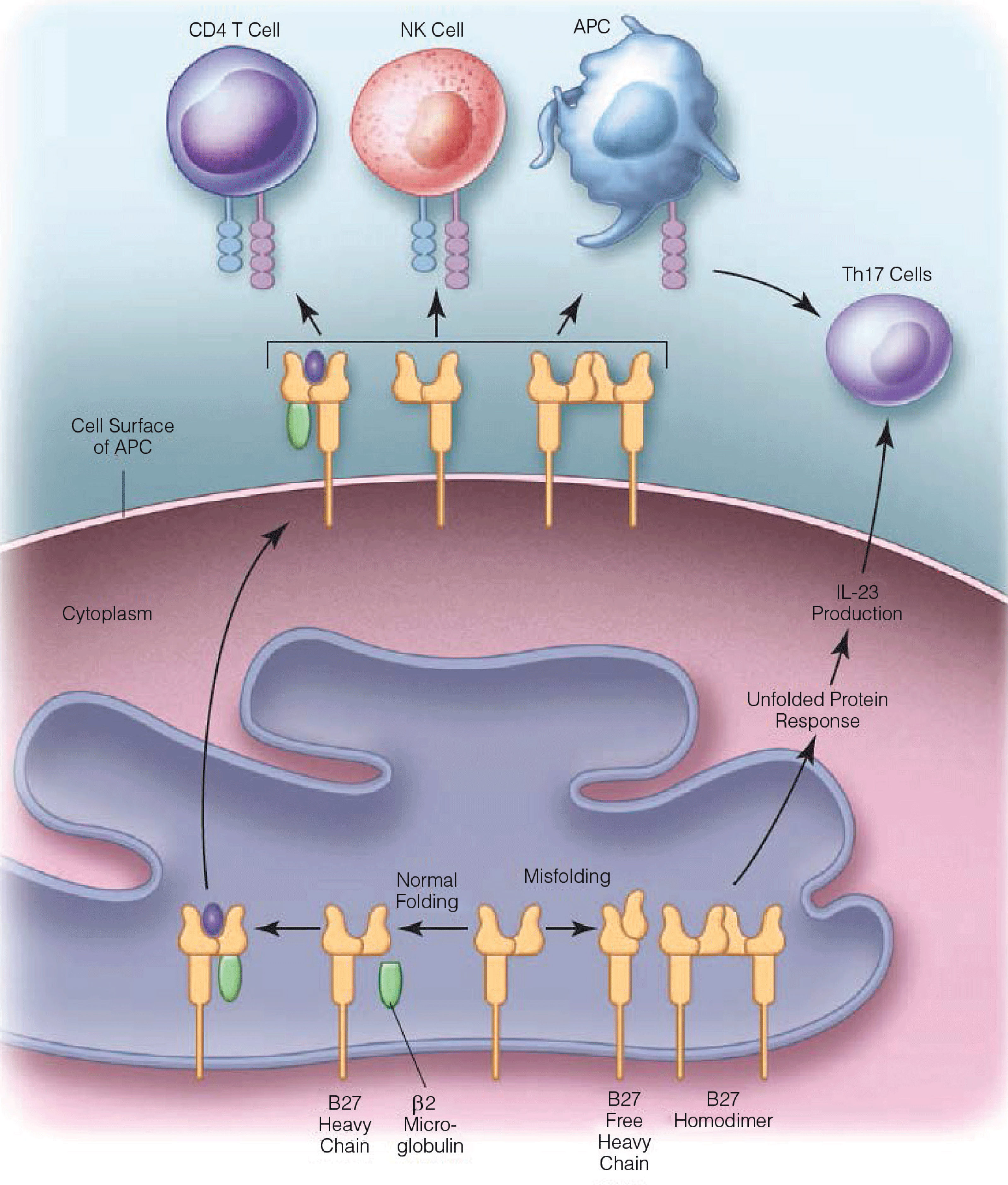
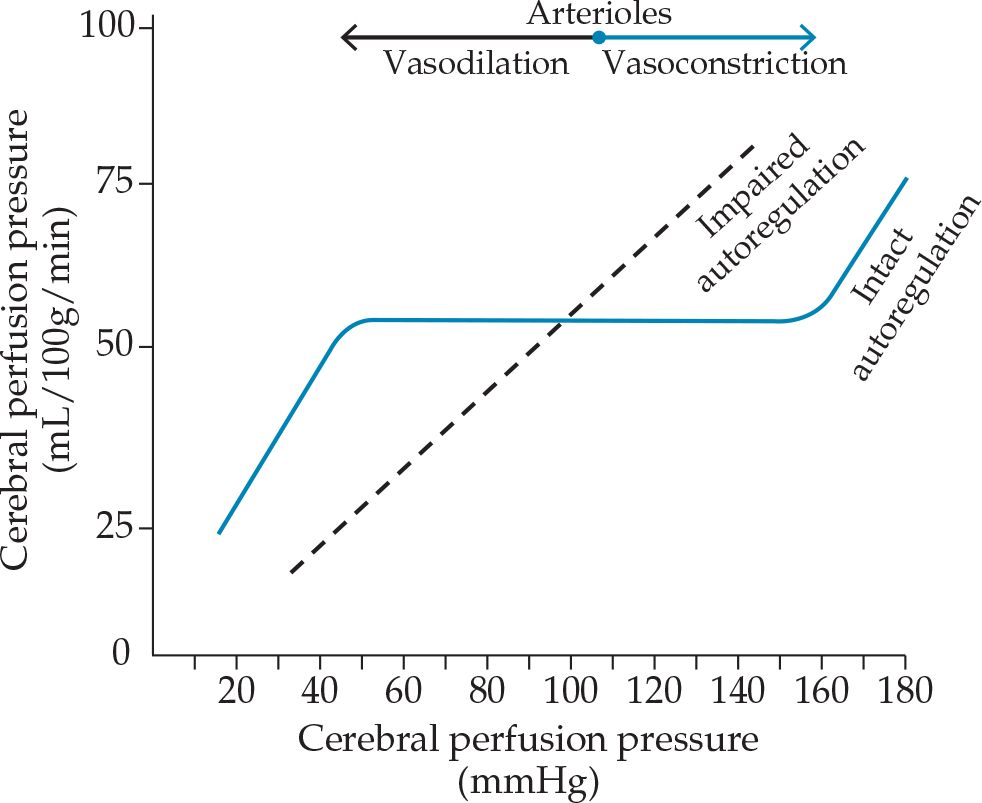
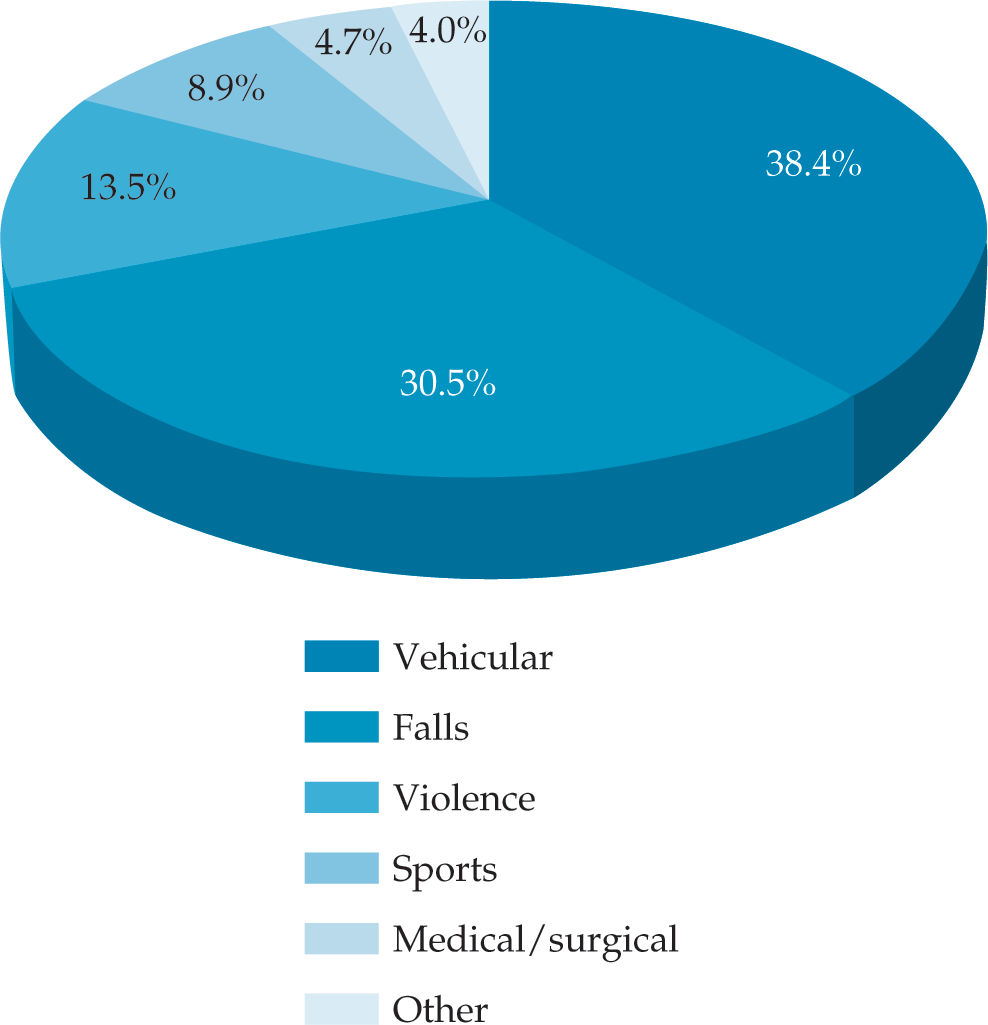
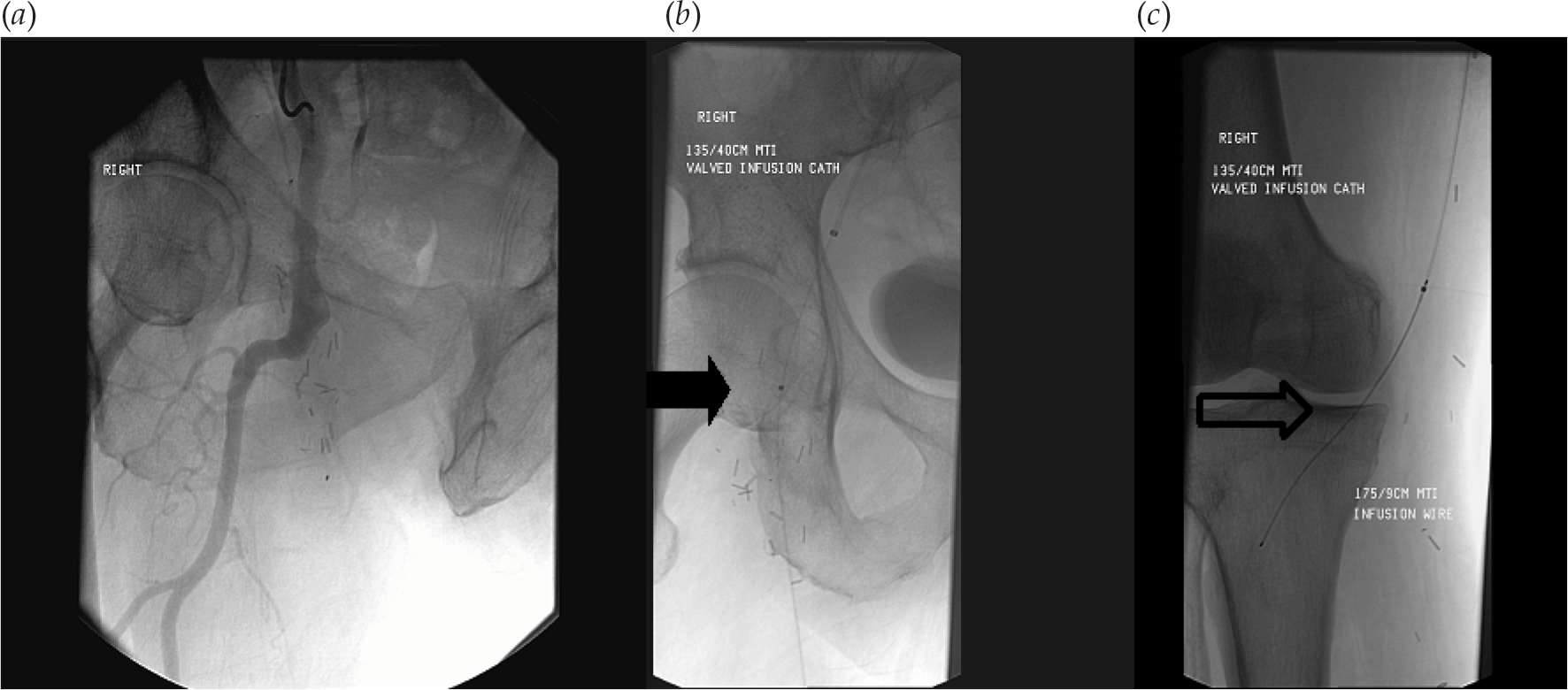
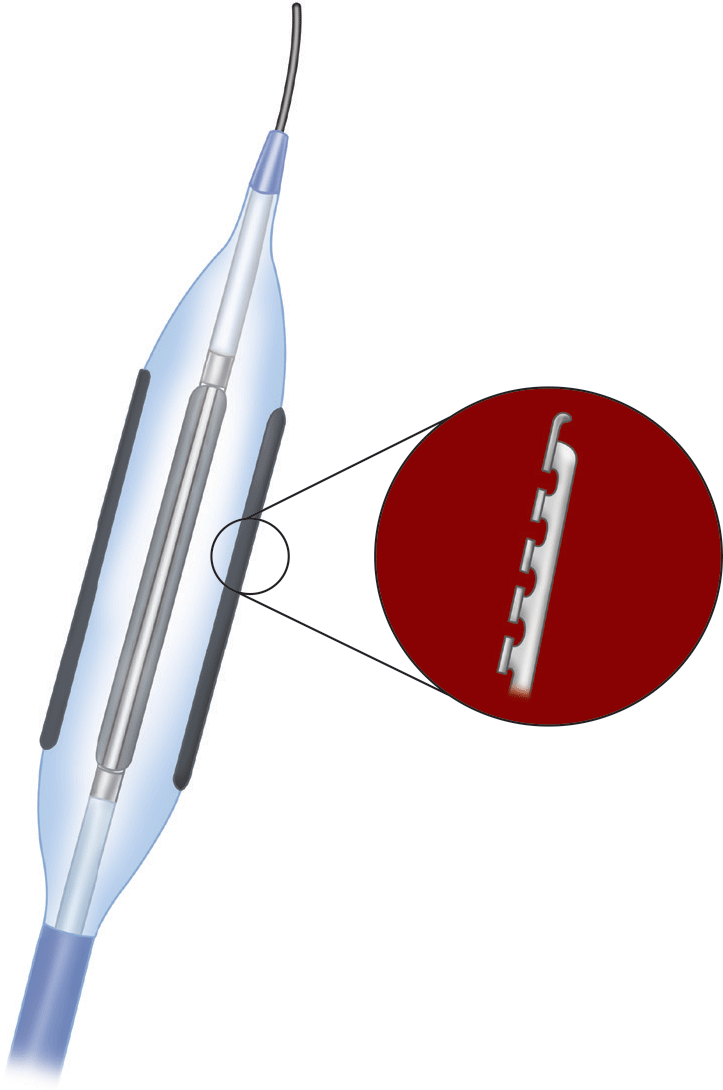
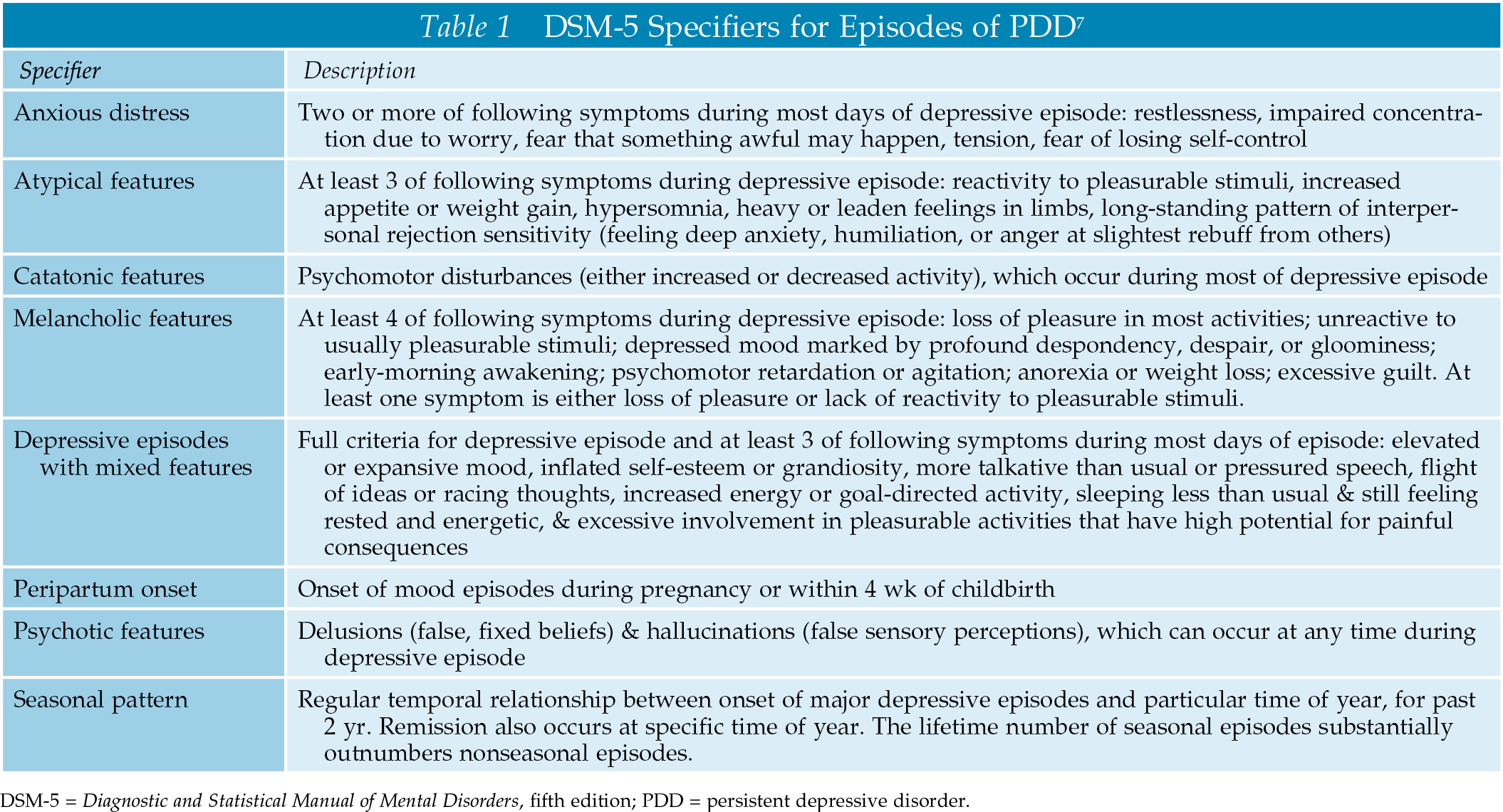


.png)







